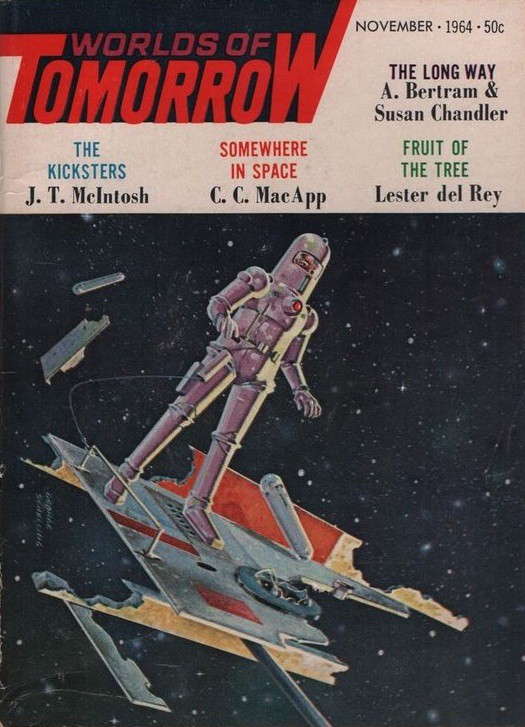Frankie Reyes, "Flor de Azalea"
Do you want to hear a story?

When I was a kid my dad would tell me about a science fiction story he read when he was younger called “The Carson Effect.” The premise was that a bunch of scientists discover that Earth is about to pass through some sort of toxic energy field or whatever and all human life will end. The elites of the establishment, wanting to forestall panic, decide not to tell anyone about it, but they spend their final days in acts of otherwise inexplicable generosity: the President resigns so that the Vice President can have the top job, color televisions are handed out freely, Tiffany’s sells all its diamonds for a dollar, etc. Come the day Earth goes through the poison cloud, nothing happens: the Carson effect of the title refers to Rachel Carson, and humanity has already polluted itself so severely that there’s no adverse impact any space garbage could have. The last line of the story, according to my dad, is, “But nobody gave anything back,” which is even more true and brilliant than the main idea. (I have never seen this story as it was actually written, but Google tells me it appeared in Worlds of Tomorrow in 1964. At this point reading it could only ruin the memory.)
If I were to write a science fiction story today — don’t worry, I promise you on all I hold dear that I will not — the idea would be that a savage species of extraterrestrial lands on the planet with plans of plunder and destruction but is so taken aback by the horror and savagery with which we treat ourselves that they immediately retreat in fear and disgust, warning all the other lifeforms to stay far away from the terrible place that they were lucky to escape. I mean, except for the aliens it might be a little too believable.
Anyway, I am just this morning learning about Frankie Reyes’
Boleros Valses y Mas. “I thought,” says Reyes, “about how I might capture the essence of [Latin American modernism] using my instrument of choice, the synthesizer. What came to mind was to cover some of the classic Latin American compositions that I grew up hearing around me and have grown to love as I’ve gotten older, most of them in the bolero style but a few in the waltz, son, and even mariachi style.” “Flor de Azalea,” below, is a little jarring initially if you are familiar with the standard version but, as it progresses, it transforms into something quite interesting that stands on its own. Enjoy.
